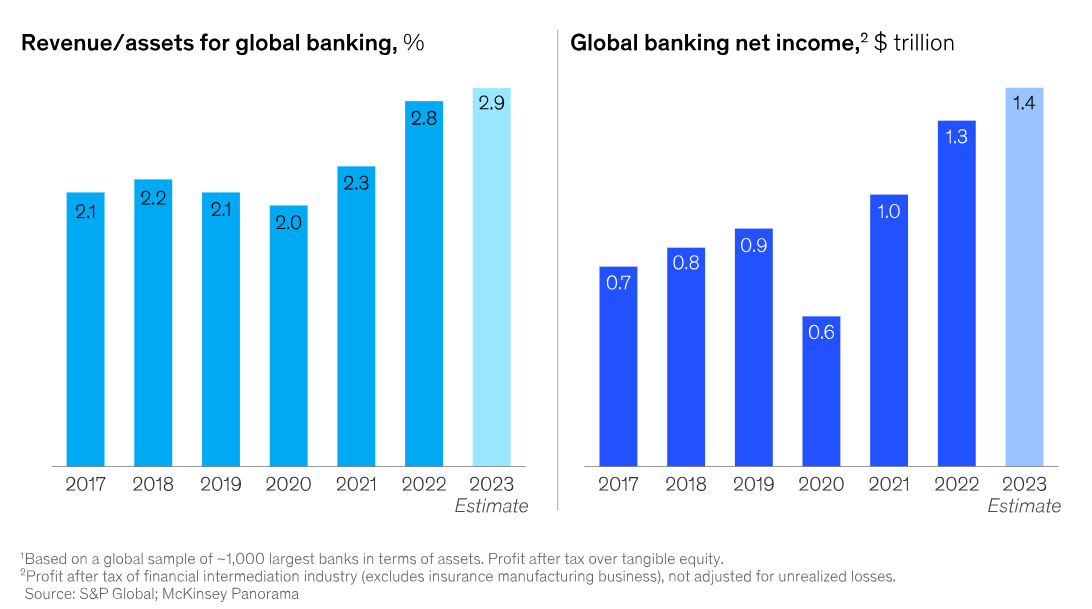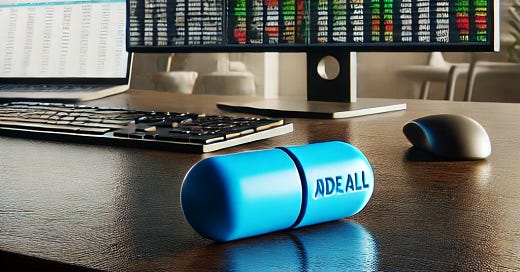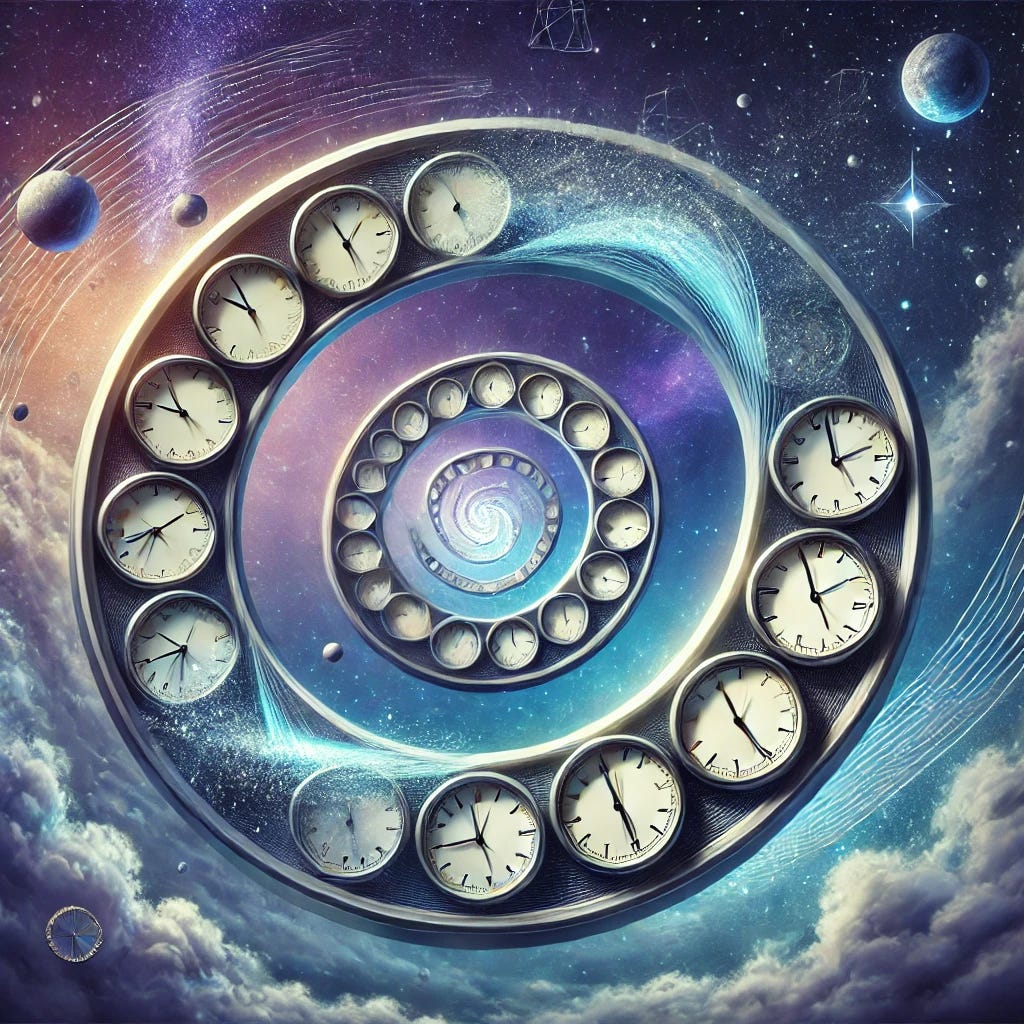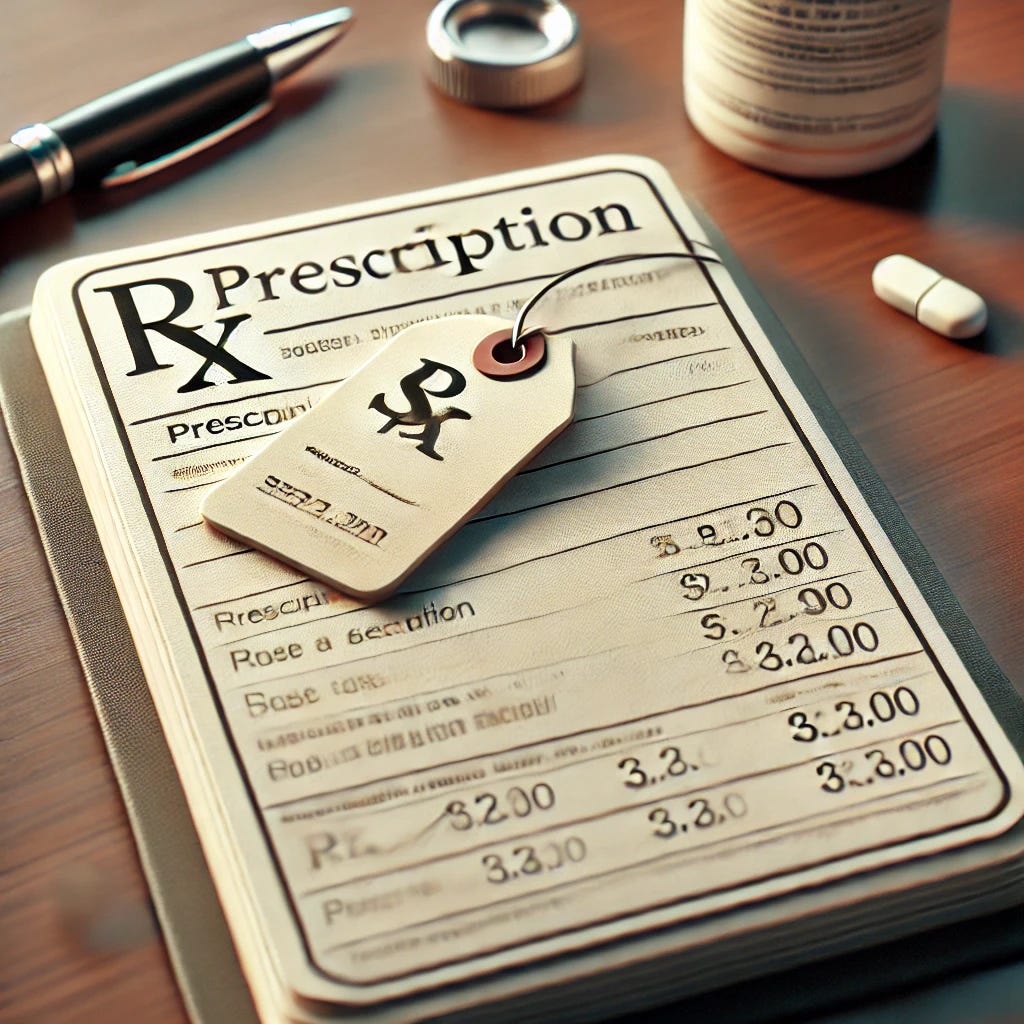Stimulants and the Cost of Infinite Growth
Recent deaths of white-collar workers shine a light on an uncomfortable trend with parallels to the opiod epidemic.
The collective conscious of America knows the tragic toll that opioids have taken on this country. If you’re from places like New England or Appalachia, you were one of the first people to see what rampant abuse and lack of regulation did to your communities. It started in blue-collar circles - those made up of laborers whose pain was a gateway into addiction thanks to a collective effort between pharmaceutical companies, doctors, and a complicit FDA - but has wormed its way into every strata of society.
This newsletter worries that there could be a white-collar canary in the coal mine for another potential epidemic - this one around the use of uppers and amphetamines to get through grueling workdays to meet unrealistic deadlines in a bid to drive growth in a late-stage capitalist society - one that values infinite growth over all else.
A Handful of Deaths Is Still Too Many
If you poke through the financial news over the last few years, you will see articles sprinkled throughout about the deaths of young white-collar workers who were essentially worked to death.
One of them was Leo Lukenas III - a 35-year-old Army Green Beret who served multiple tours in the Middle East only to die pulling hundred-hour weeks for Bank of America. There is the most recent example of Jeffries banker Carter McIntosh, who passed away at the age of 28, also putting in inhuman hours in the bank’s telecom and media tech arm.
These are simply two tragic examples of a growing trend - one that has roots in the 2013 death of a Bank of America intern named Mortiz Erhardt in London who died at age 21 after pulling three all-nighters in a row for the banking behemoth. The industry has had over a decade to fix the problem - it is clear they are either incapable or unwilling to do so.
To be clear: no one should be dying in the name of shareholder value. Not in any industry or epoch or dimension. Growth at all costs has consequences, and in these cases that price is being paid in blood - at what point does a society take a breath and ask itself: is this worth it?
We Haven’t Yet
These industries are not going to police themselves (a stark example is after Erhardt’s death at BofA, they instituted a protected weekends rule, where an associate could pick Saturday or Sunday off - they later revamped it to only be Saturdays and that Sunday was a regular workday again, taking any semblance of control away from juniors.)
So workers are forced to do what they have throughout history: adapt to a management style dictated to them, one that may very well be wrapped in nice bows and language about how junior employees are cared for and valued, but in reality their value is 100% correlated to the bottom line.
One very common way to adapt has turned outo have its solution in the pharmaceutical industry for the latest wares that drive productivity. I saw this firsthand when I started my career in the late aughts at a major law firm and the trend only rose as I saw many peers work at banks or head to law school. Studies and data show that humans are not meant for grueling 80- or 100-hour weeks - the brain physically cannot handle it and the output is, to put it bluntly, absolute trash after a certain timeframe.
I remember pulling late nights early in my advertising career and having to come back and double-check my work the next morning because I kept finding errors in work done after a certain hour. There was a point at which the work was better served being pushed back a day, but in that environment at that time it simply was not an option. Thankfully this has changed for the most part within advertising (exceptions abound, but from this newsletter’s perspective it is not the rule anymore.) Other industries seem to have a ways to go.
History Repeats Itself
We have unfortunately seen this scene play out before. There’s a legitimate need for these kinds of drugs, which is why they’re produced in the quantities they are. But in an age of infinite growth, demand needs to be sought out - and it has been.
In the past four years, for people 30-44 first-time prescriptions for Adderall - the best-known stimulant meant to treat ADHD - increased 27%. Overall, prescriptions for the medication are up 26% since 2012. These are astounding numbers.
Now, this could be attributed to a rise in diagnosis of the disease itself: while incidence rates among children has stabilized the past few years, the adult incidence rate has been seeing an upward trend.
Enter the classic pill mills: outfits that don’t take insurance and a place where someone can walk in, have a short conversation with a medical professional, and walk out with the drug they intended. One of them highlighted by the Wall Street Journal is Trifecta Health in New York - whose owner also dabbles in plastic surgery and, to make money on both sides of the same coin, offers addiction counseling. For a diagnosis that typically can take up to two weeks, in and out in a single appointment feels quick.
Compare something like that to a place where someone could show up, pay out of pocket to see a medical professional, complain of pain, and walk out with a prescription for opiates and the parallels draw themselves.
The other signs are there: dosage increases as tolerance builds, combining drugs to try to drive efficacy, all while paying out of pocket each time for the privilege. Some shop around pharmacies trying to get a prescription thanks to a shortage of the drugs as supply tries to catch up with demand. And with the advent of telehealth the requirement to actually go to fill in the prescription or get a refill further removes friction from the process. Read through the Journal article and the stories of those affected by this - it’s terrifying.
Before marijuana’s recreational legalization in 2022, this was more or less the model used by delivery crews in New York in the mid-aughts. The only difference then and now is one is considered a legal profession and has FDA approval and the other was an underground network where you wouldn’t get your picture taken in the Journal bragging about removing “obstacles in the way of treatment.”
So Now What?
The problem with the overprescription of stimulants like Adderall and Vyvanse is multifaceted. The 100-hour weeks that have led to the deaths of multiple bankers in the past few years is a feature, not a bug of late-stage capitalism. When top-line revenue is tapped out, bottom-line profitability is where the attention goes in order to drive unlimited growth.
The problem is this requires staff cuts, as personnel costs are typically the largest cost line item in a business’s P&L. Cutting staff gooses the bottom line, but if top line remains static, that puts strain on the remaining employees. This is where you get overwork that becomes fatal. The banking industry has had ample opportunity and time to fix this - they have chosen not to.

And why would they? Global banking revenue has only been going up. There is no regulation to curb these kinds of deaths and there is an entire industry worth tens of billions of dollars helping to fuel it (ignoring non-prescription industries like Zyn or energy drinks, which bring their own risks.)
Stimulant abuse among white-collar workers is a microcosm of capitalism run amok, and it isn’t simply enriching an independent pharma company in Connecticut. It is helping to drive insane monetary gains for multiple sectors of the economy. The scale may be smaller (today) but the impact on the young lives affected by it is way too familiar and one we should be working to avoid at all costs anything resembling a repeat of a drug epidemic ushered in by the pharmaceutical industry with complicit federal regulatory bodies.
[Ed.’s Note: If you or someone you care about is suffering from addiction, there is help available. The 988 hotline is available 24/7 for mental health crises, including addiction.]
Grab Bag Sections
WTF Parents: Every Saturday morning I take my sweet little girl to go kick some ass at jiu-jitsu. It gets her energy out on other kids in gis and not her parents or little brother (who, given his enormous size, is actually a fair fight.) I was struck by something I saw there this weekend.
Out of 15 parents cramped into a small viewing area watching their kids tumble around and practice their takedowns, 10 of them were utterly glued to their phones. One dad had his AirPods in - a truly “checked out” moment. I am worried for two reasons.
The first: this parenting generation - while we may be breaking traumas only relatively recently popularized - is absolutely cooked. If we can’t get two-thirds of parents to take a break from scrolling Instagram and watch their kids participate in a disciplined sport like BJJ, we have bigger problems than our parents’ spanking and yelling.
The second is the impact on the kids. I constantly see them looking back to see if their parents are watching - the equivalent of the “Watch this daddy!” twenty times while your kid does the lamest cannonball into the pool. Except, they’re trying to assess their performance in a difficult sport and looking for reassurance from their caregivers. I can’t imagine how I would feel if my parents came out to watch me pitch in Little League and I looked up and they’re listening to The Joe Rogan Experience throughout the game. Millennial parents - we need to do better.
Album of the Week: In what can be described as the musical equivalent of beating not simply a dead horse, but the bones of said horse after it was left to rot outside during a Compton summer, America collectively got to watch Kendrick Lamar take a literal victory lap in front of the largest live television audience of the year at the Super Bowl halftime show.
Nevermind that the second-best-known line in the song was not allowed to get dropped - Kendrick had the entire Superdome screaming “A minorrrrrrrrrrrr.”
The symbology was immense. The home of Drake’s mentor saw the final and ultimate destruction of an artist who helped catapult Young Money to international fame. Serena Williams and SZA - the former a Compton native, the latter with an upcoming tour with Kendrick and both former Drake paramours - reveled on stage with Kendrick. Samuel L. Jackson played the nervous Uncle Sam, urging Kendrick not to diss Drake lest it upset the commercialized audience. The whole thing started with a callback to one of the best political artists to do it - in a form of music that firmly preceded hip-hop as we know it today. We’ll continue to hear about easter eggs for the next week because it’s one of the things that Kendrick does best.
Was this the best Super Bowl halftime performance? No - we could argue whose is. Probably Prince’s Miami performance. But that’s beside the point. Kendricks’s might not even be the best hip-hop one - I think Dre’s in 2022 was better and had a cooler set. But it was the best performance for this moment, with Kendrick coming off of a Grammy sweep with a tour coming up in the summer. On top of all of that, to further humiliate not just an artist, but from all indications a human that he utterly detests, cements his petty status. To put this show in the middle of a game where the Eagles prevent a Chiefs three-peat? It was a Super Bowl made for the haters, of whom Kendrick has crowned himself king.
Quote of the Week: “Answer not a fool according to his folly, lest thou also be like unto him.” - Proverbs 26:4
See you next week!








